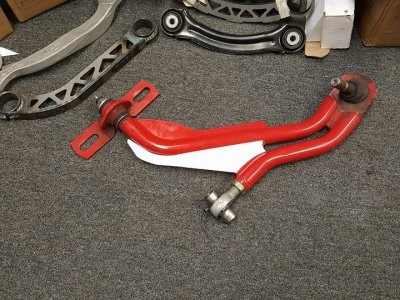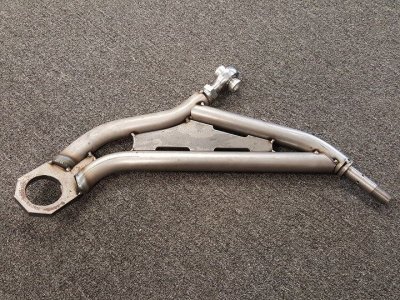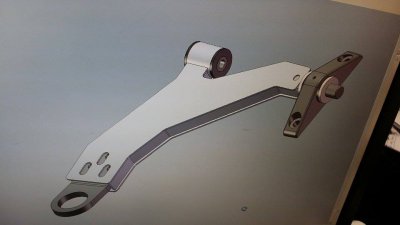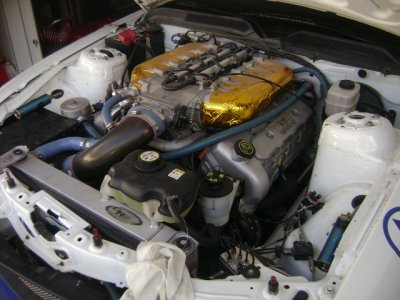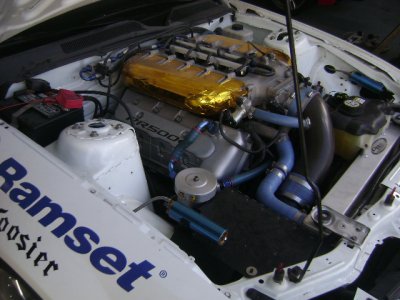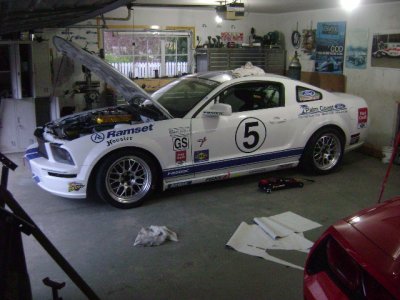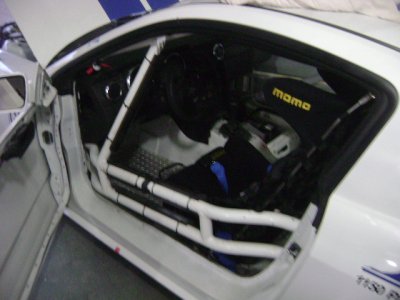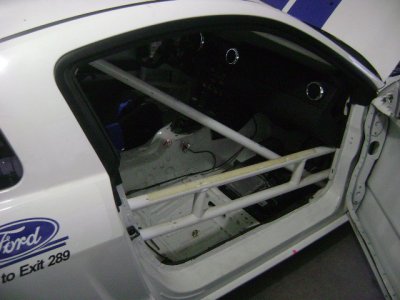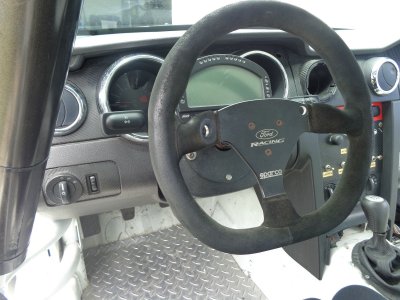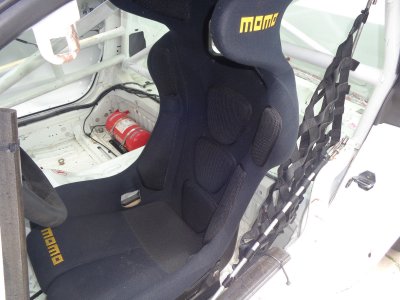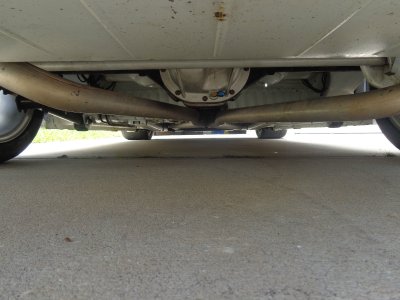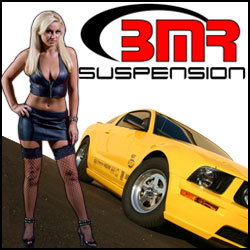Boone
Automotive Enthusiast
I looked into the BMR A-arms and K-member for my car at one time, and here is what I concluded:
K-Member is not as stiff as the stock or Maximum Motorsports model. My final opinion is the lower weight will likely be a wash from a handling perspective (the lower inertial forces and rearward COG counteract the loss in structural rigidity), and a small gain in power / weight ratio.
A-Arms had an early design that would break at a gusset where the BMR logo was located. Once the gusset broke, the tubes would be overstressed causing failure. This issue was addressed by BMR, and I don't know of any of the 2nd generation arms failing.
I am in the same boat with my '05 GT the OP is in. I want a comfortable street car with all the creature comforts afforded that can run with the big boys on track. People are as jealous of me sitting on grid with my AC on as I am jealous of them for beating my lap time by 2 seconds.
Weight loss is hard to come by if you're not willing to go all in. I recommend buying the best wheels and tires you can afford because no single component has a larger influence on your car's ability to turn. Mustangs are quick enough on the straights to hang with most corner carvers.
If this isn't enough, commit to the pure track car, or go buy a Vette.
K-Member is not as stiff as the stock or Maximum Motorsports model. My final opinion is the lower weight will likely be a wash from a handling perspective (the lower inertial forces and rearward COG counteract the loss in structural rigidity), and a small gain in power / weight ratio.
A-Arms had an early design that would break at a gusset where the BMR logo was located. Once the gusset broke, the tubes would be overstressed causing failure. This issue was addressed by BMR, and I don't know of any of the 2nd generation arms failing.
I am in the same boat with my '05 GT the OP is in. I want a comfortable street car with all the creature comforts afforded that can run with the big boys on track. People are as jealous of me sitting on grid with my AC on as I am jealous of them for beating my lap time by 2 seconds.
Weight loss is hard to come by if you're not willing to go all in. I recommend buying the best wheels and tires you can afford because no single component has a larger influence on your car's ability to turn. Mustangs are quick enough on the straights to hang with most corner carvers.
If this isn't enough, commit to the pure track car, or go buy a Vette.


